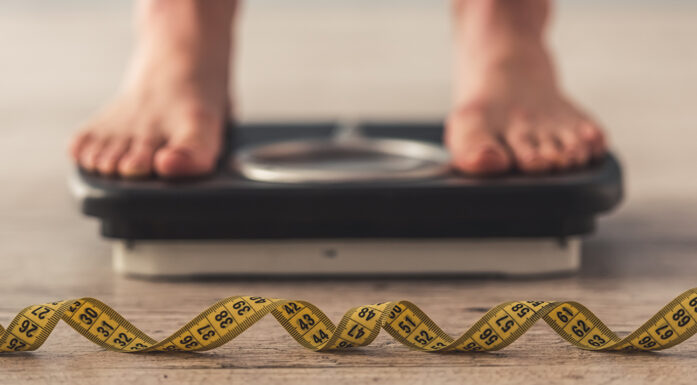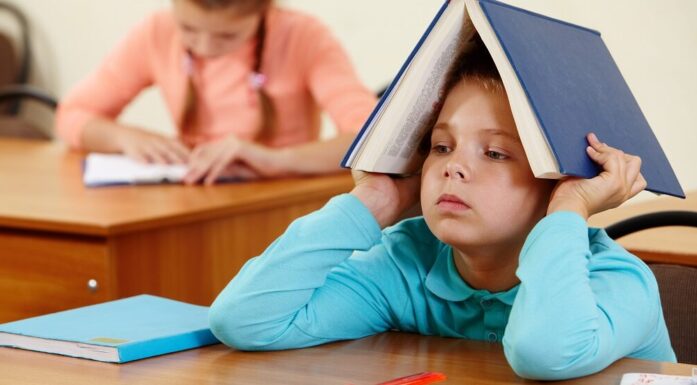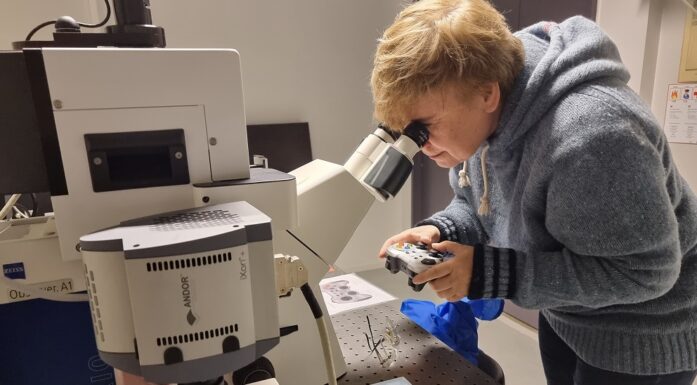Who has died from COVID-19?
At least six million people have died from COVID-19 to date. But who dies is often not random. The same pattern is found around the world.
COVID-19 hit some countries harder than others. But the same groups of people were hit hardest everywhere.
The UN and the World Health Organization (WHO) have now established a working group to study who was the hardest hit, and why. The work is being led from Trondheim.
Who dies involves multiple factors, including where people live, where they were born, working conditions, education and how much they earn.
So which countries were hit the hardest, who was hit the hardest in each country and why was that the case? Where is it most dangerous to be poor? The researchers have been tasked to find this out.
“We’re looking at how COVID mortality varied globally between social groups,” says Professor Terje Andreas Eikemo at the Centre for Global Health Inequalities Research (CHAIN) at NTNU.
Although the mortality rate in the Nordic region was relatively low, the course of the disease was more severe and mortality rates higher among migrants.
- You might also like: Sleep problems, stress and worry during the pandemic
Global research effort on COVID-19
The UN and WHO commissioned NTNU’s research centre with the assignment. The work is so extensive that CHAIN asked the international research community for help in the WHO’s Bulletin of the World Health Organization journal.
The response was not long in coming. More than 50 established researchers from all over the world are now going through 15 000 research articles that NTNU’s university library has identified. Six employees from the University Library are involved in the work.
“This is very labour-intensive but important work that we are proud to be a part of,” says Solvor Solhaug. She is the team leader for NTNU University Library’s Systematic searches, Section for research support, data and analysis.
The results are not yet clear, but so far the pandemic appears to have made existing social differences more apparent, and even reinforced them. This seems to apply not only in countries with limited financial resources, but also in those with strong economies.
“COVID-19 has been a double burden for disadvantaged groups. They’ve been harder hit by the virus, and they also suffered the most from the consequences of the measures, such as loss of work and income, social isolation and reduced access to health services,” says Eikemo.
- You might also like: NTNU researchers find a way to help slow the next epidemic
Led by CHAIN researcher
CHAIN’s research coordinator Mirza Balaj is leading the study. Balaj is based in Brussels, and from there she heads several of CHAIN’s projects, commissioned by international organizations and the European Commission.
Balaj was one of the first authors of a Lancet study that discovered a universal connection between parental education and child mortality last year. She also holds international board positions in the UN, WHO and Global Burden of Disease, the world’s largest scientific consortium.
“If we’re to influence the will for political change, we need to be present where the decision-makers are. We need to strengthen the link between research and politics, which COVID-19 exemplified,” says Balaj.
The results of the study will be ready in the second half of 2023.
Reference: Joseph Friedman, Mirza Balaj, Nazrul Islam, Youyang Gu, Petra Nahmia, Carolina Santamaría Ulloa, Andres Gutierrez Rojas, Kumanan Rasanathan, Ahmad Reza Hosseinpoor, Jacques BO Emina, Terje Andreas Eikemo & Carlos Castillo-Salgado. Inequalities in COVID-19 mortality: defining a global research agenda. Bulletin of the World Health Organization. https://www.ncbi.nlm.nih.gov/pmc/articles/PMC9511668/pdf/BLT.22.288211.pdf







